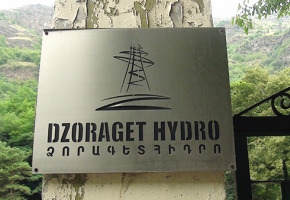Greenland ice sheet warmest in at least 1,000 years

Recent temperatures in Greenland’s ice sheet – one of the primary culprits behind rising seas – were the warmest they’ve been in at least 1,000 years, according to a new report, as scientists warn the melting of Greenland’s ice could threaten coastal communities around the world.
Researchers from the Alfred Wegener Institute in Germany analyzed Greenland’s massive ice sheet by drilling up to 100 feet into its core to reconstruct the temperature of north and central Greenland back to the year 1000.
Between 2001 and 2011, the ice was roughly 1.7 degrees Celsius warmer, on average, than it was between 1961 and 1990, and 1.5 degrees Celsius warmer than in the 20th century.
Researchers attribute Greenland’s “recent extreme” temperature rise to human-caused global warming, although they note a slower long-term rate of warming has been observed on the island since 1800.
The warming was likely also affected by periods of warmer weather caused by a phenomenon known as Greenland blocking, a meteorological event that leaves high pressure systems over Greenland, pushing warmer air farther north.
Antarctica and Greenland – the “largest contributor” to sea-level rise, contain the most fresh water on Earth’s surface, mostly locked in vast ice sheets. Scientists believe their glaciers, along with others in Alaska, Nepal and the Alps, as well as arctic permafrost in Siberia, wil contribute most heavily to rising seas.
A total loss of Greenland’s ice could bring the world’s oceans up roughly seven meters, a devastating blow to coastal communities, which are already grappling with the effects of rising seas and intensifying storm systems.
Source: Forbes
Image: AP Photo/fastcompany.com







